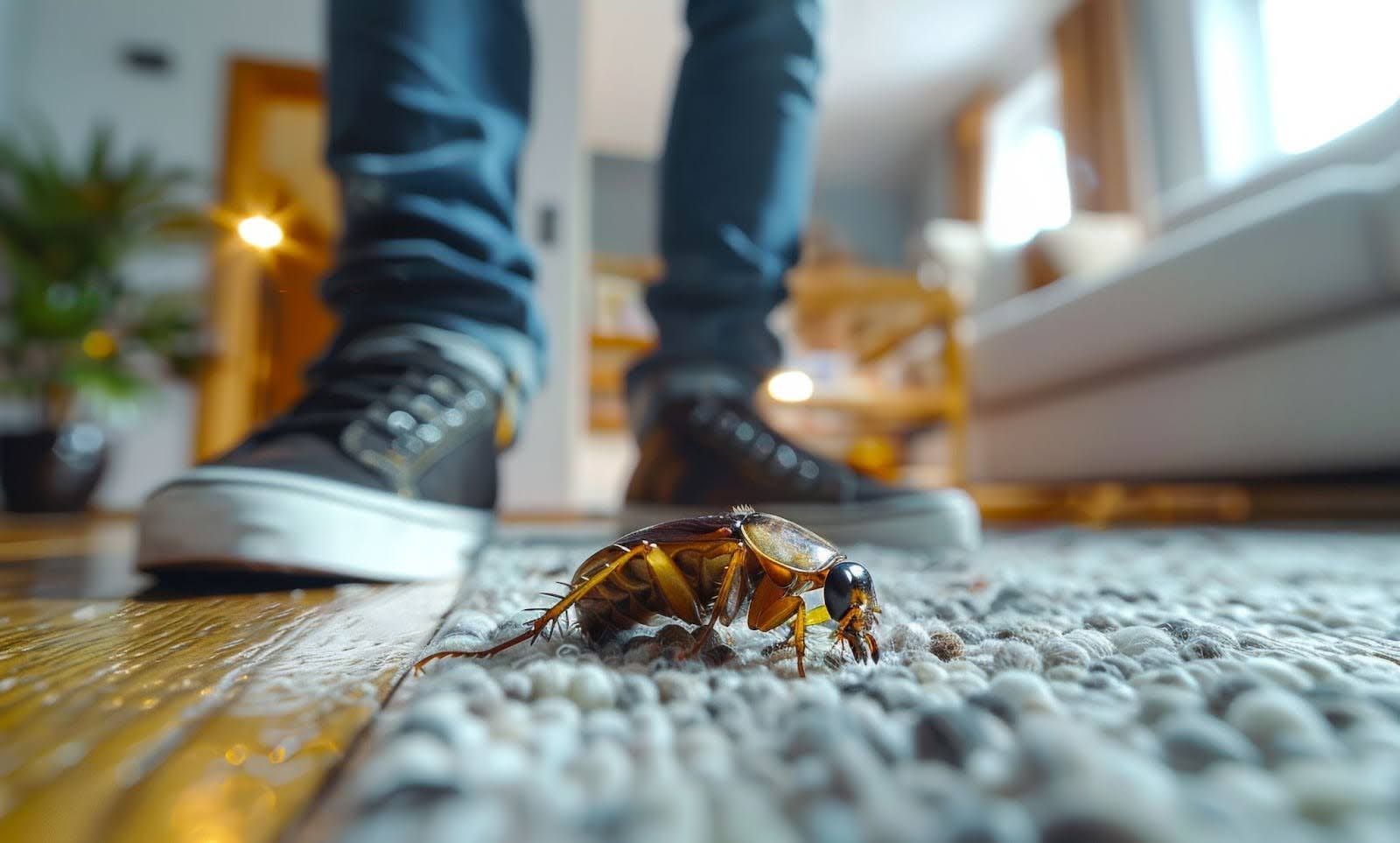June 30, 2025
A vibrant office culture is often built on collaboration, communication, and a comfortable environment—yet maintaining that comfort can be challenging when pests make an appearance. Whether you run a small start-up or manage a large corporate building, common areas, individual desks, and high-traffic zones are all potential hotspots for insects and rodents. Adopting office-wide hygiene practices and investing in targeted pest management protects your workplace from unwanted visitors and maintains employee satisfaction and productivity. The Importance of a Proactive Office Culture Establishing a strong, proactive office culture starts with getting everyone on board. When employees understand that cleanliness directly impacts their daily comfort and overall health, they’re more likely to follow best practices. An office desk can harbor significantly more bacteria than a toilet seat. While that fact alone might be jarring, it underscores how busy workplaces can become breeding grounds for germs and pests if left unmanaged. Encouraging simple habits, such as promptly disposing of food waste, cleaning up spills in break rooms and conference areas, and regularly wiping down desks and shared equipment can dramatically reduce opportunities for pests to thrive. When each team member contributes to the office’s overall cleanliness, the benefits become more evident: fewer pests, boosted morale, and fewer distractions from day-to-day tasks. Common Areas: The First Line of Defense Common areas like break rooms, meeting spaces, and reception areas are major contributors to any office’s sense of community. Yet these areas also introduce unique challenges. They typically see high volumes of traffic, making them prime entry points for pests seeking food or shelter. Even small crumbs or spills left from lunch can attract ants and cockroaches. Sticky soda residue in a garbage bin might invite flies. Over time, these minor nuisances can escalate into larger infestations. Implementing robust cleaning schedules for common areas is crucial. This may include daily wipe-downs of tables and countertops, spot checks for any remaining beverage containers, and frequent garbage disposal. Additionally, consider installing pest-proof trash bins that seal tightly to prevent easy entry. Tying these efforts to the overall company culture ensures that everyone remains vigilant, reinforcing a cohesive approach to cleanliness. For even stronger protection, Proterra Pest Control recommends regular inspections of shared areas to identify early signs of pest activity. In doing so, you head off problems before they escalate and maintain an environment where employees can socialize, dine, and collaborate without worry. High-Traffic Zones and Targeted Pest Management High-traffic zones, including kitchens, restrooms, hallways, and entryways, see constant movement, which can lead to overlooked maintenance issues. A minor leak under the kitchen sink or a gap under an exterior door might seem insignificant at first. However, pests can exploit any vulnerability—rodents can squeeze through openings as small as a dime, and insects can enter through cracks invisible to the untrained eye. A targeted pest management plan for these critical zones helps mitigate risks: Conducting regular monitoring to detect pest presence early Closing off entry points around windows, doors, and plumbing lines Scheduling after-hours treatments to minimize disruptions These strategies retain the integrity of your office environment without negatively impacting day-to-day business operations. Consistent, ongoing attention is far more effective than sporadic treatments. By focusing on detection and prevention, you can avoid costly, large-scale interventions later on. Individual Desks While shared spaces may lead the charge in pest control measures, don’t overlook the areas where employees spend most of their time: individual desks. Considering employees often eat snacks or store food in desk drawers, desks can become hotspots for pests if crumbs, spills, or odors linger. Involving employees in desk hygiene is an essential part of a cohesive pest control strategy: Encourage frequent desk cleanings, including the undersides of keyboards and monitors. Remind staff to empty personal trash cans daily, especially if they contain food waste. Raise awareness of basic pest prevention. If an employee notices even a single ant, they should inform the office manager. Proactive employees who recognize early warning signs empower pest management professionals to act swiftly, limiting any chance of a larger infestation. Including well-placed reminders about these best practices—whether through email campaigns or subtle signage—can keep pest prevention front of mind. Advantages of Professional Pest Control for Offices Although office-wide participation is integral, professional pest control services provide an added layer of assurance. Rather than rely on general home products that might lack the scope to tackle larger commercial needs, specialized solutions can be tailored to the unique layout of your workspace. Proterra Pest Control often develops customized plans to address specific vulnerabilities, from entryways and basement access points to ventilation shafts and server rooms. With regular monitoring and after-hours treatment options: Offices maintain a healthier environment, boosting employee morale. Infestations remain under control thanks to consistent tracking and preventative strategies. The service schedules can be adapted to minimize disruptions to daily tasks or meetings. Pests in the workplace can jeopardize the physical workspace and impact how clients and staff perceive the company. A well-maintained, pest-free environment signals professionalism, care, and respect for employee well-being. A Sustainable, Pest-Free Office Office culture isn’t limited to team-building exercises and mission statements—it extends to daily habits that keep the workplace clean, inviting, and safe. A holistic cleanliness and pest management philosophy fosters an environment where employees feel confident about their surroundings, allowing them to channel their energy into productivity and creativity. By maintaining immaculate kitchen areas, disposing of waste properly, and responding promptly to any signs of pest trouble, you create a strong foundation on which a vibrant office culture can thrive. Crafted with office-specific solutions in mind, the pest management services available through Proterra Pest Control reinforce a unified approach to hygiene and workspace quality. Through vigilance, regular maintenance, and expert insights, your office can remain both pest-free and employee-friendly. There’s no need to compromise on comfort or wait until a major problem erupts—join the many businesses that have embraced proactive pest prevention as a core principle of their company culture. By doing so, you’ll reinforce trust among team members, keep morale high, and ultimately protect your office from the tiniest of invaders. Ready to transform your office into a confidently clean and pest-free environment? Don't wait for a small issue to become a major infestation. By partnering with Proterra Pest Control, you gain access to customized solutions, expert insights, and proactive strategies that safeguard your workplace and enhance employee well-being. Contact Proterra Pest Control today to schedule a consultation and take the first step towards a sustainable, pest-free office culture.









